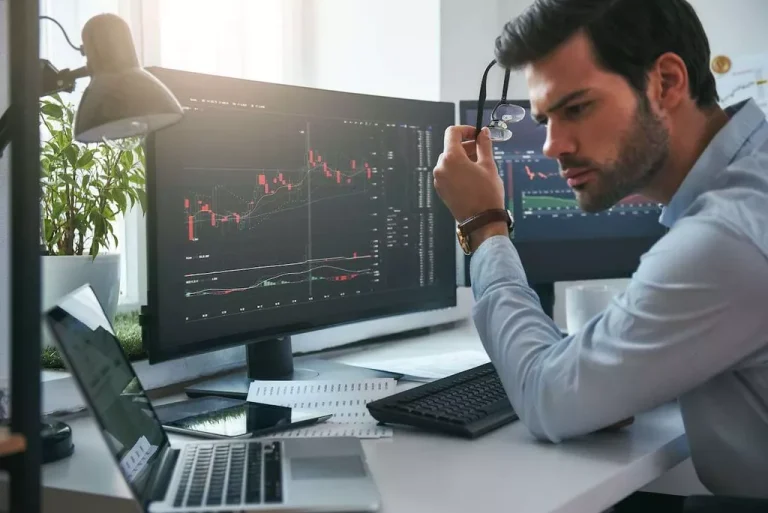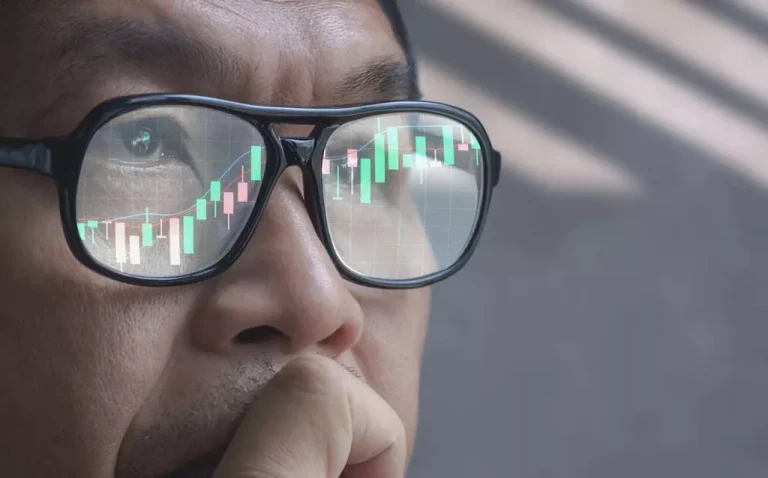To incentivize liquidity suppliers to deposit their crypto property to the protocol, AMMs reward them with a fraction of the charges generated on the AMM, normally distributed as LP tokens. The follow of depositing assets to earn rewards is named yield farming. Automated market makers (AMMs) are a type of decentralized trade (DEX) that use algorithmic “money robots” to make it easy for individual merchants to buy and sell crypto assets. Instead of trading immediately with different people as with a conventional order guide, customers commerce instantly via the AMM. An automated market maker crypto algorithm is an engine that powers decentralized exchanges and permits them to operate permissionless and anonymously.
- Conversely, the worth of BTC goes down as there’s more BTC in the pool.
- Reference to any particular strategy, technique, product, service, or entity doesn’t constitute an endorsement or recommendation by dYdX Trading Inc., or any affiliate, agent, or consultant thereof (“dYdX”).
- Decentralized finance (DeFi) offers intermediary-free, blockchain-based monetary providers and is among the hottest growth segments within the crypto economic system.
Ultimately, this facilitates more environment friendly trading and reduces the impairment loss for liquidity suppliers. Impermanent loss is the distinction in worth over time between depositing tokens in an AMM versus merely holding these tokens in a wallet. This loss happens when the market-wide price of tokens inside an AMM diverges in any course whats amm. The profit extracted by arbitrageurs is siphoned from the pockets of liquidity providers, creating a loss. In all totally different variations of CFMM, liquidity suppliers provide property that are pooled in an open sensible contract.
They Enable Steady Buying And Selling
Trading (or swapping) cryptocurrencies is one of the most typical transaction varieties that contributes to the general activity in the decentralized finance (DeFi) ecosystem. Different kinds of AMM models include constant product, constant sum, and hybrid pools. However, they bring a immeasurable innovation into the world of crypto. It’s termed ‘impermanent’ because the loss is realized only upon withdrawing liquidity. If token prices stabilize to their preliminary ratios, the losses can negate, but when withdrawn amidst divergence, the loss turns into everlasting.
This ought to result in lower charges, less friction, and in the end higher liquidity for every DeFi person. Andrey Sergeenkov is an impartial author within the cryptocurrency area of interest. In such a state of affairs, we are saying that the liquidity of the assets in query is low. Discover how asset tokenization works, its benefits, and the challenges it faces.
So, say I wanted to use my ETH to buy one of the rarer tokens – for an order guide system to be of use to me, there would need to be someone seeking to sell that uncommon crypto for ETH. And even then, we’d still need to agree on price earlier than the commerce could take place. An automated market maker (AMM) is a system that provides liquidity to the change it operates in through automated buying and selling. On a decentralized exchange like Binance DEX, trades happen directly between consumer wallets. If you sell BNB for BUSD on Binance DEX, there’s someone else on the opposite side of the commerce shopping for BNB with their BUSD.

And lastly, since no one regulates decentralized exchanges, anybody can commerce their assets, no matter their country’s financial laws. As we lined earlier, an automatic market maker is simply another variety of decentralized exchange designed to resolve some of the issues confronted by its predecessors. So in a basic sense, AMMs profit all customers of DeFi by expanding the array of choices available, whereas remaining true to the target of decentralization. Notably, solely high-net-worth people or corporations can assume the role of a liquidity supplier in conventional exchanges.
Smart contracts «automate» buying and selling on AMM DEXs, however these packages do not magically create money for users to trade. AMM DEXs have to incentivize individuals to add liquidity to their protocols for customers to trade. However, instead of working solely with centralized trading corporations or merchants, DEXs let any crypto dealer turn out to be a liquidity supplier (LP) by contributing digital belongings to the protocol. The worth of property inside the pool is quoted by a robotic algorithm, which ensures transactions execute with none https://www.xcritical.com/ counterparty. Liquidity providers of different sizes (retail customers and buying and selling firms) play the function of market makers by depositing tokens contained in the pool and earning rewards for these actions. AMMs have been built to resolve the problem of illiquid markets on decentralized exchanges.
For the first time in world historical past, everyday individuals and international enterprises can manage their belongings themselves without relying on a centralized establishment but using sensible contracts as a substitute. Also, DEXs substitute order matching systems and order books with autonomous protocols known as AMMs. These protocols use sensible contracts – self-executing pc programs – to outline the worth of digital property and provide liquidity.

How Do Automated Market Makers (amms) Work?
Automated market makers (AMMs) are decentralized exchanges that use algorithmic “money robots” to provide liquidity for traders shopping for and selling crypto property. An automated market maker (AMM) is the underlying protocol that powers all decentralized exchanges (DEXs), DEXs assist users trade cryptocurrencies by connecting customers instantly, with out an middleman. Simply put, automated market makers are autonomous trading mechanisms that eliminate the necessity for centralized exchanges and related market-making strategies. In DeFi protocols like an automatic market maker, any particular person can create liquidity pools and add liquidity to trading pairs.
What’s The Best Automated Crypto Buying And Selling Platform?
Although impermanent loss is an inherent danger in relation to decentralized buying and selling, this risk can be somewhat limited through the use of versatile pools or via conservative user conduct. As our article reveals, computerized market makers have established themselves as an important component within the DeFi community. Various models are used and the coming years will present which protocols are one of the best. As a result, for this model to work, token A and token B have to be equipped within the right ratio by liquidity suppliers, and the amount of liquidity should be sufficient. A common term encountered when buying and selling with AMMs is ‘slippage’ – the variance between an anticipated trade value and the value at which the trade truly executes. High slippage usually arises in pools with scarce liquidity, particularly Financial cryptography throughout substantial trade volumes.
Automated market makers (AMMs) are a crucial a half of decentralized finance because it continues to tackle centralized finance. As AMMs evolve, DeFi turns into a better and more reliable house for merchants and monetary institutions alike to participate. For occasion, a hybrid mannequin can combine the CSMM variant’s capability to minimize back the impression of large trades on the whole pool with the CMMM variant’s functionality to allow multi-asset liquidity pools. Curve Finance is an automated market maker-based DEX with a unique positioning of being a dominating stablecoin change.